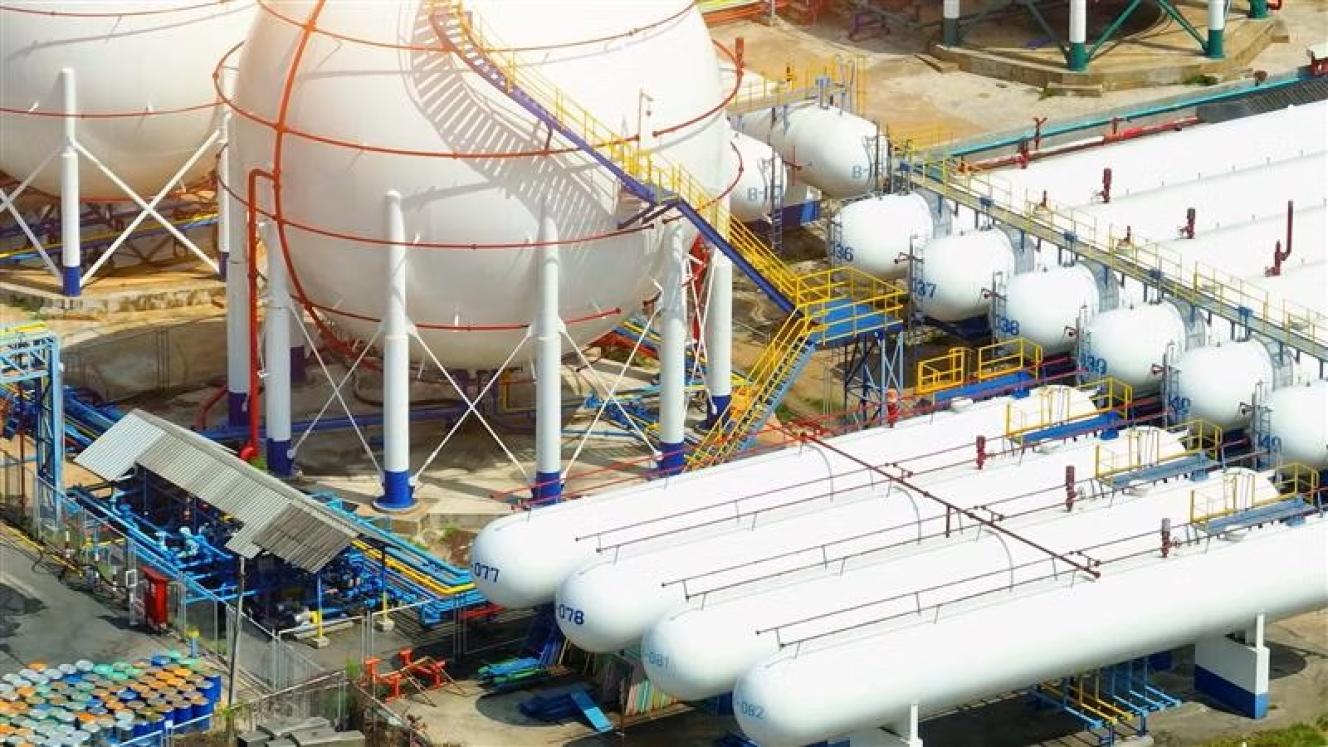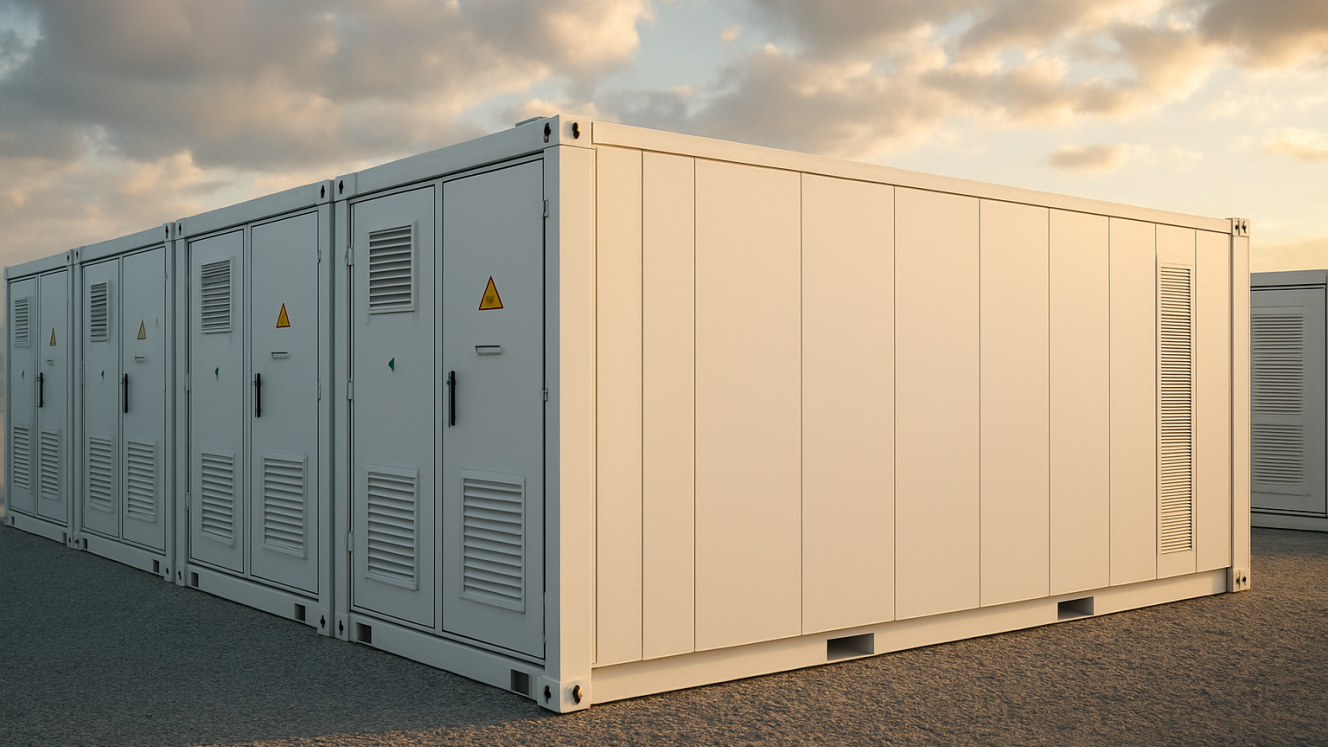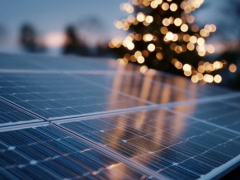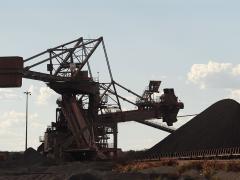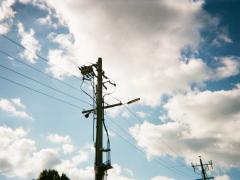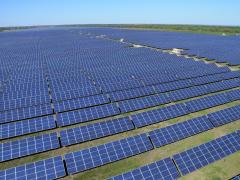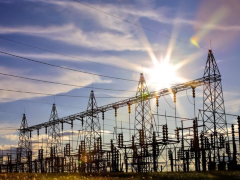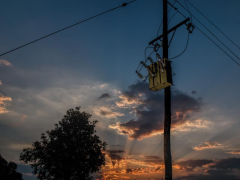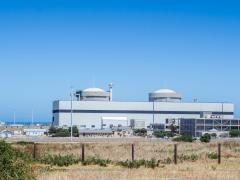The International Energy Agency (IEA) has launched a new monitoring tool to track the rapid expansion of global liquefied natural gas (LNG) infrastructure.
According to the IEA, nearly 290 billion cubic metres per year of new liquefaction capacity is currently under construction, representing a 43% increase over the existing global total of 670 billion cubic metres. Most of the new capacity is expected to come online by 2030 with major projects concentrated in the US, Qatar and other parts of the Middle East.
The tracker highlights shifting global dynamics in LNG trade. While Europe has become a major import destination in recent years, the bulk of new export capacity is emerging from North America and the Middle East. This signals significant investment momentum – and future implications for gas pricing, infrastructure investment and energy system flexibility, the IEA says.
The tracker provides up-to-date data on final investment decisions, project status and commissioning timelines, and is intended to inform energy planners, regulators and investors with transparent project-level information in the context of a volatile gas market, the IEA says. It “provides governments and market actors with high-quality data to inform decision-making”, particularly as LNG plays a dual role in energy security and the transition away from coal and oil in power generation.
